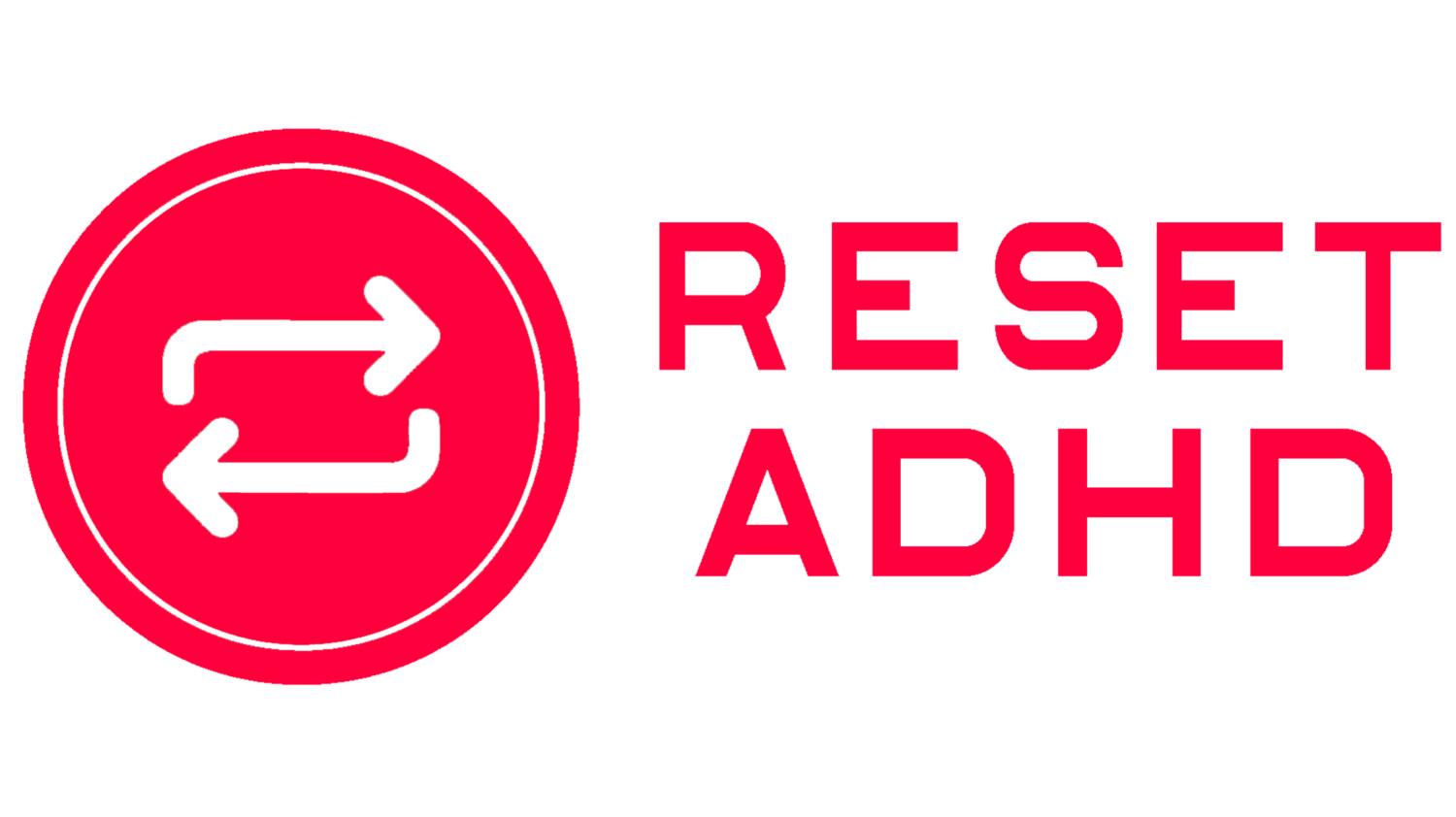Back to School Tips for Teachers of Students with ADHD
The time has come. Your break from students is over. Soon, you will be staring at half-asleep students, most of whom do not want to be there. Some of these students will have ADHD. From what I hear from teachers I know, teacher training provides little (if any) information about ADHD. You might find it a daunting challenge to manage these students and help them learn. Well, fret not! I have compiled some tips to help you teach your students with ADHD and help both you and your students start the school year on a positive note.
Take Time to Transition into the New Year
People with ADHD struggle with transitions. Have patience. It will take a while for your students with ADHD to adjust to being in school again. Do not hit the ground sprinting. Ease into the school year. I think your non-ADHD students will appreciate that as well.
Create Intentional Seating Charts
When choosing where to place your students with ADHD in your seating chart, keep in mind their needs. Some ADHDers will need to be in the front of the room. When in the front of the room, knowing their teacher is nearby will help keep them on track. However, some students with ADHD will need to be placed in the back of the classroom, so they can move around during class without disturbing their classmates. When determining your seating charts, do not just use a computer-generated random seating chart; check to see if your students with ADHD need to be placed anywhere specific in the seating chart.
Realize That Sleep Is More Important Than Your Homework Assignments
A lack of sleep has been shown to cause poor academic performance the day after a late night of studying or doing homework. In short, when you assign a large amount of algebra or physics problems, they will not be as effective of helping your students learn the material because, on top of your problems, they have to read 20 pages of their history textbook and thirty pages of a novel for English class. This is all after spending all day in school and, for most students, staying a few hours after school for extracurricular activities. If you want your students to perform better in class, look for quality in their homework assignments, not quantity.
Break Assignments into Small, Manageable Chunks
A big project or lots of instructions can be overwhelming to a someone with ADHD. The seemingly insurmountable mountain of work to do makes it hard to get started. Sometimes, the ADHDer will not even know where to start if assignments are not broken down into small, easily manageable chunks.
Small Breaks
The ADHD brain benefits greatly from frequent, short breaks. Implememnting this in your classroom will make your students with ADHD more productive.
Don't Be a Jerk
Those of us with ADHD can shut down when yelled at or otherwise treated poorly. In 1993, teacher and learning specialist Priscilla Vail wrote that emotion is the ON/OFF switch for learning. Your corrections should not demoralizing. Try pointing out a strength your student has when explaining how they fell short of your expectations and how that strength can help them do better next time.
Be Aware That ADHDers Struggle Socially
As mentioned above, emotions can shut down learning. One thing to look out for in your students with ADHD is peer rejection. There are a variety of reasons for why this occurs. ADHDers have zany senses of humor, have trouble picking up on social cues, are impulsive, are wired differently, and have many other characteristics that others find off-putting. If one of your students with ADHD is rejeected by their peers, they will not be able to perform to the best of their ability in your class. When this occurs, privately reach out to them and refer them to your school's counselor or someone who can help. Forcing other students to be their friend will not work.
Accept That Some Students Won't Be Interested in Your Class
When those of us with ADHD are not interested in a subject, it will be hard for us to do our best work in that subject. You can have the smartest kid in the world, but if they do not have a genuine interest in your class, they will most likely struggle. On the other hand, if they do have an interest in your subject, they will flourish. You might be able to work around this, however. If you know what your student with ADHD finds interesting, you can use that to help draw them into your subject. If you teach anatomy and your student likes music, encourage them to write a song about whatever part of the body you are currently studying. If you are an English teacher and your student likes history, instead of having them write a paper on a book's themes, have them write a paper on the historical context of the book. NOTE: It might take some trial and error to find the proper way of reaching your student.
Allow the Student to Take Ownership of Their Education
When suggesting some strategies to improve their academic performance, allow the student to make the choice of how they are going to improve. Ideas or strategies that are forced upon an ADHDer can be met with resistance. Help them make the decision to be or do better. Help them see what the right decision is and allow them the freedom to make it. Do not make the decision for them.
Recognize Their Individuality
No one experiences the effects of ADHD in the same exact way. Strategies that worked with an ADHDer you had in class last year might not work with the ADHDer you have in class this year. Know that you will have to adjust to your students with ADHD just as much as they have to adjust to you.





